#traditional irish
Text
The Dubliners (in 1968), singing "Whiskey in the Jar"
#st patricks day#irish music#ireland#the dubliners#60s#television#1960s music#traditional irish#irish
8 notes
·
View notes
Text
Happy st Patrick’s day ☘️ everyone. I’m sure there’s going to be a lot of Irish bars celebrating this holiday and having great Irish pub songs playing like the one I’m highlighting called “whiskey in the jar “
Whiskey in the Jar" (Roud 533) is an Irish traditional song set in the southern mountains of Ireland, often with specific mention of counties Cork and Kerry. The song, about a rapparee(highwayman) who is betrayed by his wife or lover, is one of the most widely performed traditional Irish songs and has been recorded by numerous artists since the 1950s.
The song first gained wide exposure when Irish folk band the Dubliners performed it internationally as a signature song, and recorded it on three albums in the 1960s. In the U.S., the song was popularised by the Highwaymen, who recorded it on their 1962 album Encore. Irish rock band Thin Lizzy hit the Irish and British pop charts with the song in 1973. In 1990, the Dubliners re-recorded the song with the Pogueswith a faster rocky version charting at No. 63 in the UK. American metal band Metallica in 1998 played a version very similar to that of Thin Lizzy's, though with a heavier sound, winning a Grammy for the song in 2000 for Best Hard Rock Performance.
Which one is your favorite version of the traditional Irish song
#Spotify#St Patrick’s day#Shamrocks#st paddys day#clovers#irish#four leaf clover#st patricks day#Whiskey in the jar#Traditional Irish#television#1960s music#irish music#the dubliners#thin lizzy#Metallica#kirk hammett#dave mustaine#jason newsted#cliff burton#lars ulrich
3 notes
·
View notes
Text



my son
#traditional irish samhain lanterns were carved out of turnips#irish immigrants in america started using pumpkins instead because they were easier to get (and waaay easier to carve)#thus we got the traditional halloween pumpkin#happy halloween#halloween#spooky season#personal#irish things#samhain
4K notes
·
View notes
Text

raise your hand if you're enjoying the constant jarthur art (i raise my hand, completely alone) ((closeups under the cut))



#human john human john human john#i made him too pretty#he's so gender#listen to malevolent y'all#it will make you good at drawing hands#im on part 33 rn#i think “the father” actually broke me#arthur gets to be happy! for once#harlan guthrie must be some kind of shapeshifter#how does he do british twink and intimidating neutral-accent and french guy and scottish guy and irish guy#and appalachian (?) accent and maniacal american voice and new york cop voice and old lady voice#some kind of sorcery#izel scribbles#art#artists on tumblr#sketchbook#drawing#traditional art#small art blog#colored pencil#prismacolor#colored sketch#sketch#studies#art studies#jarthur#arthur x john#arthur/john#malevolent#malevolent pod
162 notes
·
View notes
Text
Source
A lovely battle between Basque dance association Oinak Arin from Beskoitze (Lapurdi) and the Irish dancers of the Gohery school of dancing. Filmed last summer.
The Basque and the Irish sharing our special connection again!
#euskadi#euskal herria#basque country#pais vasco#pays basque#eire#ireland#irish dance#euskal dantzak#tradition#folklore#music
1K notes
·
View notes
Text
Ok, I know Luigi isn't Irish, but I am so...

Watch "This folk song is completely stuck in my head now" on YouTube
#traditional art#luigi#my au#Bowuigi#Bowser's Dad#irish folk music#seriously listen to this song#it's absolutely beautiful#older Luigi#super mario au#comic panels
451 notes
·
View notes
Text
If you love animation and haven't watched Wolfwalkers (2020) yet, you need to fix this!
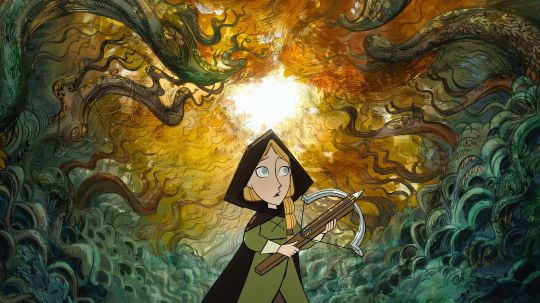



378 notes
·
View notes
Photo

Albert Lynch (German-Peruvian, 1851-1912)
Playing Surf Side, n.d.
#Albert Lynch#art#fine art#classical art#traditional art#playing surf side#european art#1800s#irish#german#peruvian#america#europe#europa#victorian#victorian era#watercolour#watercolor
205 notes
·
View notes
Text
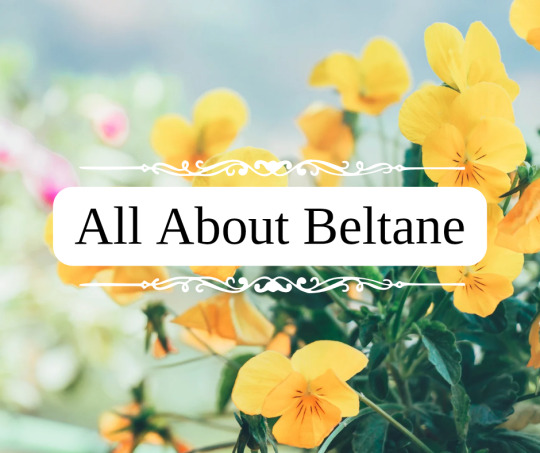
All About Beltane
Beltane, also known as Bealtaine in Irish, is a Gaelic holiday traditionally held on May 1st or the halfway point between the spring equinox and the summer solstice. It is believed to be named after the Celtic sun god Belenus. It was widely observed in Ireland, Scotland, and the Isle Of Man, and is one of the 4 major Celtic fire festivals. It is mentioned in even the earliest Irish literature and marked the beginning of summer and used as the marker to drive cattle into their summer pastures. Although public celebrations have mostly fallen out after the 20th century and many traditions have been mixed with other cultural holidays (such as the Roman holiday May Day), many Celtic Neopagans and Wiccans still celebrate, and many local traditions still continue, causing it to now get a cultural revival.
Traditionally, rituals were held to protect the livestock that moved pastures, along with crops, dairy products, and people, and to encourage growth. It was also important to appease the Aos Sí, or nature spirits/fairies, which were believed to be more active then.
According to early medieval texts in 908, druids would make two bonfires and drive cattle between them to protect them from disease. In the 18th and 19th centuries, bonfires continued to be an important part of the celebrations. Before the bonfires were lit, all hearth fires were put out, and then relit using the fire from the Beltane bonfires after the celebration.
Continuing into the 19th century, cattle were still driven over or between flames, or sometimes around the fires or made to leap over. The people themselves did as well for good luck and protection. Once the fires died down, people would dab themselves with the ashes and sprinkle them over their crops and livestock. Torches from the bonfires would also be brought home and carried around the home or boundaries, and also used to relight the hearth.
Food was also an important part of the Beltane festival, and usually included a feast of lamb, which, historically, was sacrificed. In 1769, it was written that a hot drink, called a caudle, made of eggs, butter, oatmeal, and milk was served, along with tossing a bit on the ground as an offering. A Beltane Bannock, a type of oatmeal cake, was also written to be important and had a few traditions around it.
In one tradition, the Beltane Bannock had nine knobs on it and each person would take the bannock and face the fire, proceeding to break off the knobs of bannock one at a time and tossing them behind their shoulder as an offering to the spirits for protection over their livestock and from predators (one for the cow, one for the sheep, one for the fox, etc). Afterwards, they would drink the caudle.
According to other 18th century writers, there was another Beltane Bannock tradition where the bannock would be cut into slices and one was marked with charcoal. The slices were then thrown into a bonnet and everyone would take one out while blindfolded. According to one writer, whoever pulled the marked bannock slice had to leap through the fire 3 times. According to another, the person would instead be pretend-thrown into the fire and for some time afterward people would talk about the person as if they were dead. This may have always been symbolic, or it may have been a tradition from a time where actual human sacrifice was used. This tradition was also near identical to May Day traditions that occurred in Wales and other parts of Europe, however.
Other traditions including flowers and plants were also observed, especially ones that evoked fire. Documents from the 19th century cite that yellow and white flowers, such as primrose, rowan, hawthorn, gorse, hazel, and marsh marigold was used and placed at doorways and windows. Sometimes they were strewn into garland, and other times they were made into bouquets, made into crosses, or fastened to them. They were also fastened to cows and milking/butter equipment.
Decorating a May Bush or May Bough was also a widespread tradition, and it usually consisted of a small tree or branch (typically hawthorn, rowan, holly, or sycamore) decorated with bright flowers, ribbons, candles, painted shells or egg shells from Easter, and more. In some traditions they also decorated it with gold and silver May Balls, which were hurling balls, that were then either given out to children or gifted to winners of a hurling match. It was also known as the only acceptable time to cut a thorn tree, as they were associated with fairies and may have also been a relic of worshipping tree spirits. It would either be decorated where it grew, or branches hung over windows, doors, roofs, and barns either inside or outside. Traditionally, it was the responsibility of the eldest of the house to decorate it.
The tree was usually left up until May 31st, but in some traditions it would be burned in the festival bonfire after singing and dancing around it. In Dublin and Belfast, May Bushes were brought into town and decorated by the whole neighborhood, with each neighborhood competing for the most beautiful bush. These competitions could also lead to neighborhoods attempting to steal others May Bushes, which eventually led to the May Bush being outlawed in Victorian times.
Appeasing the fairies was also a big part in Beltane celebrations, with many traditions revolving around offerings to the fairies and also warding them off, as there were many fears around them stealing dairy. One protection tradition was to leave 3 black coals under the butter churn. Another was to hang May Boughs on the milk pails. And yet another was to hang cattle tails in the barns. Flowers were also used to decorate the cattle's horns for good luck.
Farmers would also lead a procession around the boundaries of the farm and would "carry with them seeds of grain, implements of husbandry, the first well water, and the herb vervain (or rowan)", stopping at the four cardinal points of direction starting at the east, and performing rituals towards each direction at each stop. These processions were said to bring protection of their farm produce and encourage fertility. Some people also made the sign of the cross using milk on the backside of cattle for good luck.
As for fairy offerings, one tradition was to pour milk or leave food at places associated with the fairies such as "fairy trees". In Ireland, cattle were brought to "fairy forts" where a small amount of their blood was poured into the earth with prayers of the herd's safety. Sometimes, the blood would be left to dry and then be burnt.
Visiting holy wells was also a popular way to celebrate Beltane. Visitors would walk sunwise, moving from east to west, around the well while praying for health. They would then leave offerings of coins or cloth. The first water drawn from the well on Beltane was thought to be especially potent, and would bring good luck to the person who drew it.
Morning dew on Beltane was also thought to bring goodluck and health, and maidens would wash their face with it or roll in it at dawn or before sunrise on Beltane. It was also collected in a jar, left in sunlight, and then filtered. The dew was said to increase sexual attractiveness, maintain youthfulness, protect from sun damage, and ensure skin health during the ensuing year.
Modern day celebrations may vary from these more traditional festival activities, but many choose to incorporate or take inspiration from the traditions at least. Popular traditions still revolve around bonfires, feasts, decorating a May Bush, and focusing on protection and growth.
Beltane Associations
Colors - yellow, white, red, green
Food - lamb, milk and dairy, beef, bannocks, caudle, cakes
Animals - cattle, sheep, other herd animals
Items - primrose, rowan, hawthorn, gorse, hazel, marsh marigold, holly, sycamore, yellow and white flowers, flower garland, greenery, morning dew, dairy products
Crystals - citrine, fire agate, fire opal, carnelian, red and yellow jasper
Other - protection, fertility, good luck, fire, smoke, ash, sun, bonfires, farming
Ways To Celebrate
light a bonfire
jump over or dance around a bonfire
decorate a May Bush or May Bough
craft and hang flower garland
bake Beltane Bannocks
collect morning dew
create some caudle
ward and protect your home or property
leave offerings for the fairies
focus on protection, growth, and luck magic
enjoy time in the sun
have a feast
create a bouquet out of yellow and white flowers
visit a farm or petting zoo
#beltane#beltaine#bealtaine#celtic#gaelic#irish#scottish#pagan#witch#witchy#wicca#may day#magick#magic#magickal#grimoire#tradition#celebrate#bonfire#fire festival#witchcraft#spiritual#witchblr#witch community#paganism#pagan witch#celtic paganism#paganblr#about#dairy
79 notes
·
View notes
Text

The Riders of the Sidhe (detail) by John Duncan, 1911.
Sidhe or else the Tuatha Dé Danann, mystical or fairy people of the Irish mythology and folklore.
#john duncan#mythology#celtic#irish#sidhe#tuatha de danann#fairy people#painting#folklore#world traditions#mysticism#symbolism#art
166 notes
·
View notes
Text



Grand night🥹🤍
#me#mine#personal#selfie#girls with tattoos#american traditional#new england#no filter#wedding season#emerald is my color#Irish girls#brown eyed girl
260 notes
·
View notes
Text
A playlist to help celebrate St. Patrick's Day
#st patricks day#ireland#irish#playlist#music#spotify playlist#the dubliners#shane mcgowan#sinead o'connor#traditional music#traditional irish#nostalgia#the chieftains#dolores o'riordan#Spotify
2 notes
·
View notes
Text
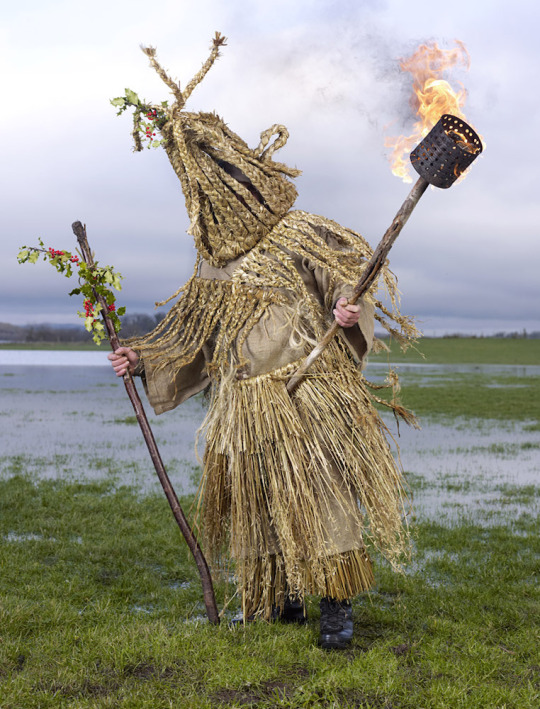
Irish Wren boy, Northern Ireland, by Charles Fréger
#irish#northern ireland#europe#western europe#traditional clothing#traditional fashion#cultural clothing#folk clothing
2K notes
·
View notes
Photo
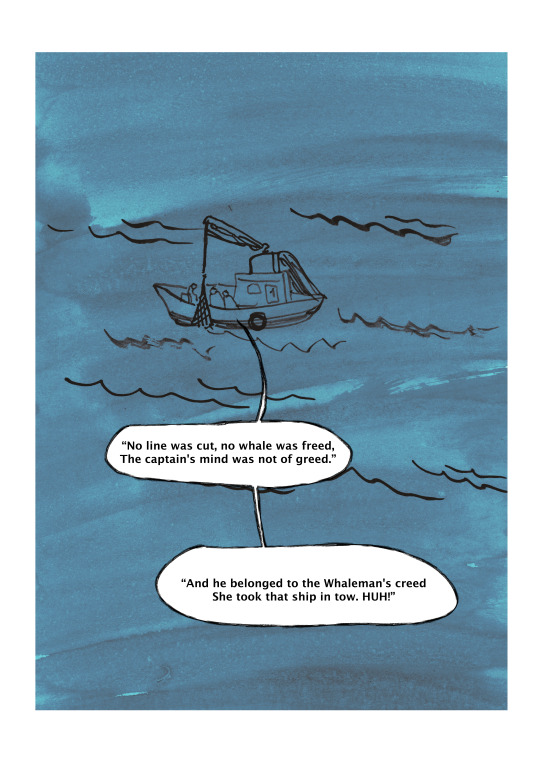
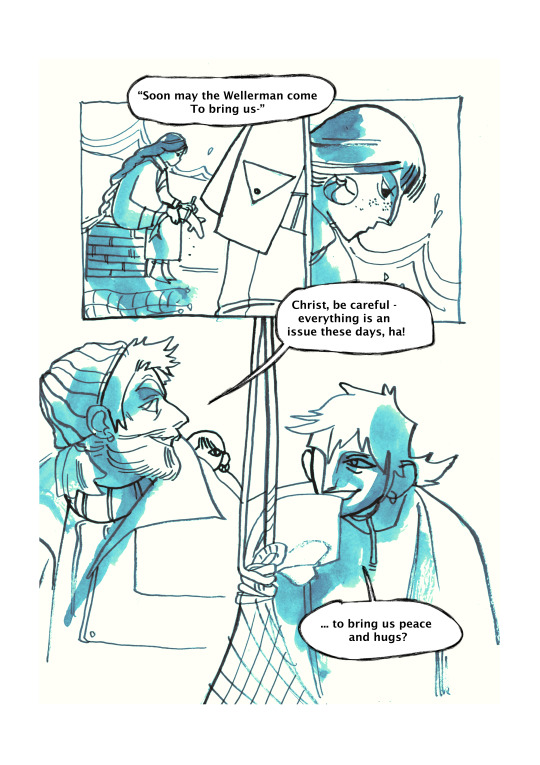


The Fisherman’s Wife - a zine preview
a dark revenge story featuring fishermen, song, and the stolen skin of a seal
1K notes
·
View notes
Text

Don't Crash a Fae Rave
Based off of an amalgamation of Irish folklore surrounding the fae folks parties getting interrupted by humans and that one college party awkward reaction meme. Prints available in my shop!
#my art#from the sketchbook's pages#traditional art#colored pencil#folklore art#traditional illustration#fairy aesthetic#fairy tales#fae#faerie#fairycore#faecore#fae folk#fey#faery#fairies#irish mythology#irish folklore
192 notes
·
View notes